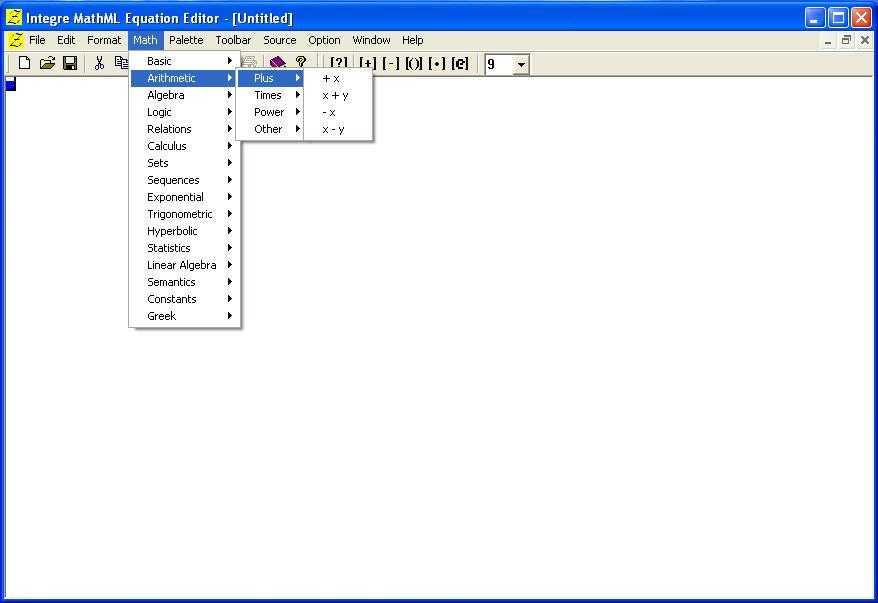


The problem may also be caused by a presence If not, check the delimiter choice and appearance of the data. After clicking the "Read Data" button, the values should get properly distributed into individual input If the source data are to be loaded from a file, the file should be a plain text file containing delimiter-separated Choose tab as the delimiter in such cases. You can directly copy - paste data from Microsoft Excel or other spreadsheet programs. Reading the data into the app with the "Read Data" button. The delimiter can be one of the characters tab, comma or semicolon and has to be properly chosen before The app can import a tabular dataset wherein the list items are organized column-wise and separated with delimiters Its molar mass and the solution volume: cĭilution of a stock solution to a working concentration Definitions and explanations Molarity of a solution is calculated directly from the defining formula divide the mass of the substance by
Chemical equation maker how to#
For that, the following formulas will be used: How to calculate the molarity of a solution? Volume or concentration required to prepare a solution of compound of You can use the molarity calculator located at the page top to calculate the mass, The following symbols will be used in calculation formulas (units in square brackets): n Quantities are usually expressed in terms of M −1cm −1 or Lmol −1cm −1.

The SI unit of molar attenuation coefficient is the square metre per mole (m 2/mol), but in practice, Of how strongly a chemical species attenuates light at a given wavelength. The molar extinction coefficient or molar attenuation coefficient is a measurement It isĭefined as the common logarithm of the ratio of incident to transmitted light power through a solution. Reduce storage space, and improve the accuracy with which working lower concentration solutions areĪbsorbance is a number that measures the attenuation of the transmitted light power in a solution. Stock solutions are used to save preparation Referred to as a working or final concentration, for actual use. Percent by volume (v/v) is the volume of solute divided by the total volume of the solution, multiplied by 100Ī stock solution is a concentrated solution that will be diluted to some lower concentration, which is often Percent by weight per volume (w/v), is the number of grams of solute in 100 mL of solution. Percent by mass (or weight), m/m or w/w is the mass of solute divided by the total mass of the solution, The percent concentration of a solution can be expressed as mass per mass (m/m or w/w), mass per volume (w/v), Mass concentration is the ratio of the mass of a solute to the volume of the solution, usually expressed in This contrasts with theĭefinition of molarity which is based on a specified volume of the solution. Molality is a measure of number of moles of solute present in 1 kg of solvent. 2.5 M (read as "2.5-molar") where "M" stands for mol/L. The value of molarity is also often expressed as "x-molar",Į.g. The most commonly used unit for molarity is the number of moles per liter, having the unit symbol mol/L or (see above), present in a certain volume of a solution. Molar concentration (also called molarity) is the number of molecules of a substance, expressed in mole units This amount canīe expressed as moles, mass units, or percents. ConcentrationĬoncentration of a solution is the amount of solute dissolved in a volume unit of the solution. Solute is a substance dissolved in another substance, known as a solvent. SolutionĪ solution, in chemistry, is a homogeneous mixture composed of two or more substances. SolventĪ solvent is a substance that dissolves a solute, resulting in a solution. SoluteĪ solute is a substance dissolved in another substance, known as a solvent. Unit or with a unit called the Dalton (Da). (MW or M.W., sometimes also called formula weight - FW or F.W.), albeit the latter is used either without any Substance is near identical to its molecular weight Molar mass is the mass of 1 mole of a substance, given in g/mol. (the Avogadro constant) particles, which may be atoms, molecules, ions, or electrons. The mole is the unit of measurement for amount of substance.

Definitions and Formulas Definitions of Basic Terms Mole


 0 kommentar(er)
0 kommentar(er)
